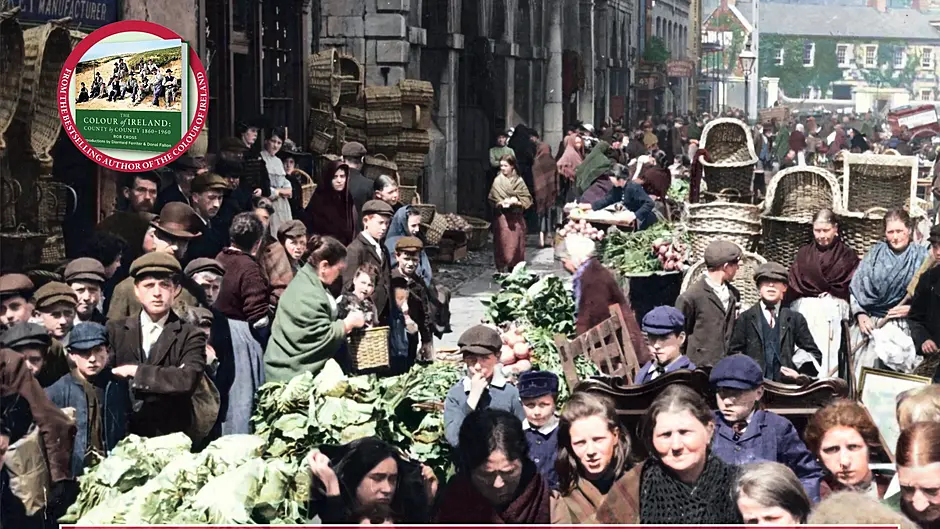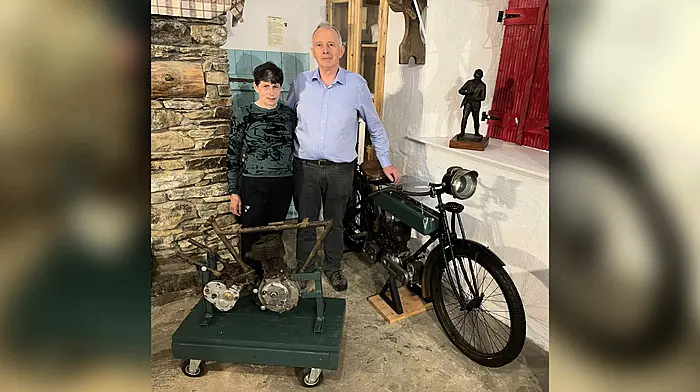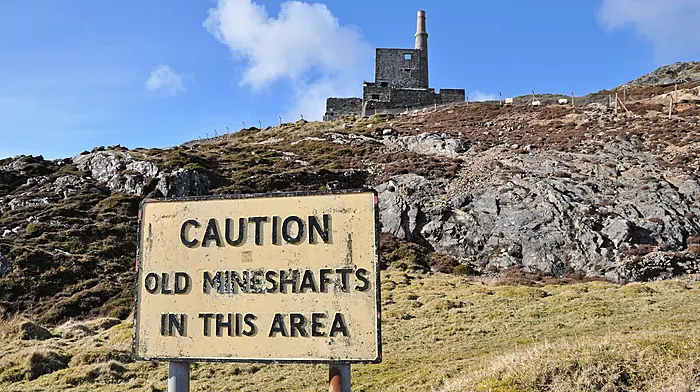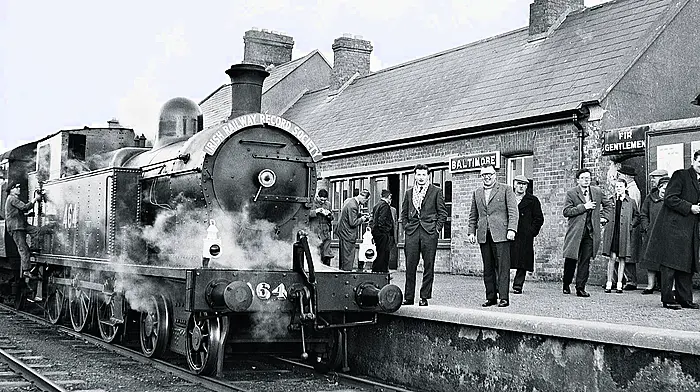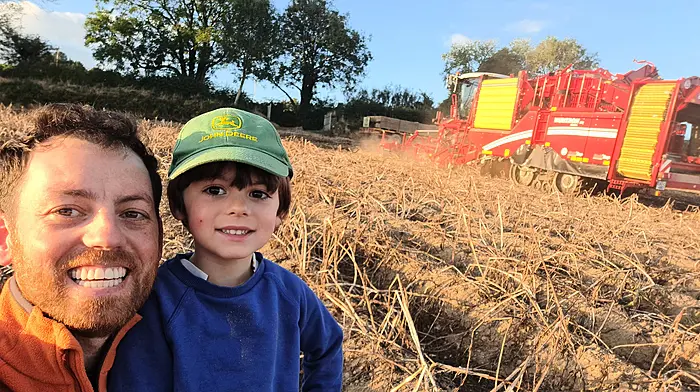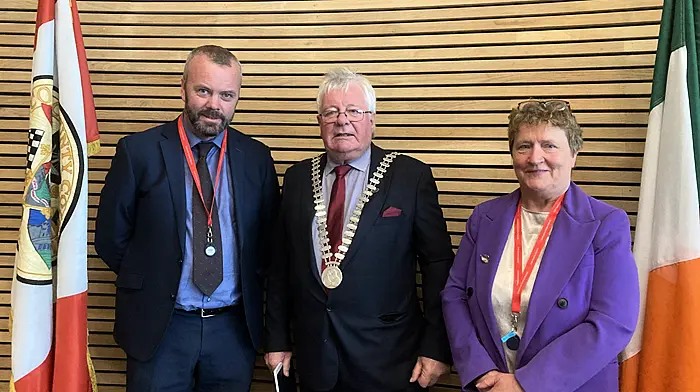Rob Cross has published his second book of colourised historic photographs, The Colour of Ireland Vol 2
Were you surprised by the reaction to the first book?
Yes, I was surprised by the reaction but in saying that I knew that the material I was gathering for the book was coming together well a year before the book’s release. A good barometer indicator was the reaction to my tweets titled ‘Bringing Ireland’s History to Life’ history project, where I would share drafts of some of the photos that would be included in the book, which was going viral on my social media.
Is the technology to colourise photographs improving?
Since the release of DeOldify, an open-source, deep-learning artificial intelligence (AI) model, in 2018, there haven’t been significant advancements in the technology as one would expect with the advancement of AI technology. Initially, it was made available on the free Google Colab notebook by deep-learning programmers Jason Antic and later, Dana Kelley. However, through trial and error, I quickly realised that to provide a more personalised touch to the photos I work on, it was best to do the majority of the work manually. This involves removing blemishes like tears, scratches, dirt, and other signs of aging in the photographs by hand. Additionally, I meticulously research and hand-paint the objects that appear in these photos, such as buildings, clothes, army tanks, military uniforms, and advertising street signage.
Is there many pictures from West Cork?
West Cork is well-represented in both of my books because it holds a special place in my heart. My mother is from Ballaghboy (An Bealach Buí) in West Cork, just a few houses up from the Dursey Island cable car. Additionally, my great-grandfather was Mick Kelly from Ballaughbee. He survived the 1881 storm that destroyed the Calf Rock lighthouse tower, one of the most severe storms of the century. In my books, I managed to include Rerrin (Raerainn) village on Bere Island, with its impressive British Admiralty Recreation Grounds, Castletownbere’s main street, and the square during a bustling market day. I also described the British Royal Navy Artillery fleet anchored in the deep-water harbour of Berehaven, as well as the hard-working copper miners at Allihies Mine in 1957.
Have you a favourite photograph?
I have a few favourite photos that feature in the book but I especially love the October 1920 photo on Page 64 depicting the funeral procession of Royal Irish Constabulary (RIC) District Inspector James Brady. He was originally from Dún Laoghaire and was only 21 years old when he was killed in an IRA ambush in Tobercurry, County Sligo, in September 1920. What stands out to me in this photo is the gesture of respect from the Dublin Tramways Company (DTC) tram line workers as the funeral cortège passes en route to Glasnevin Cemetery.
• The Colour of Ireland 2 Bringing Ireland’s Past to Life 1880-1980 is published by Black & White Publishing and is on sale now.

